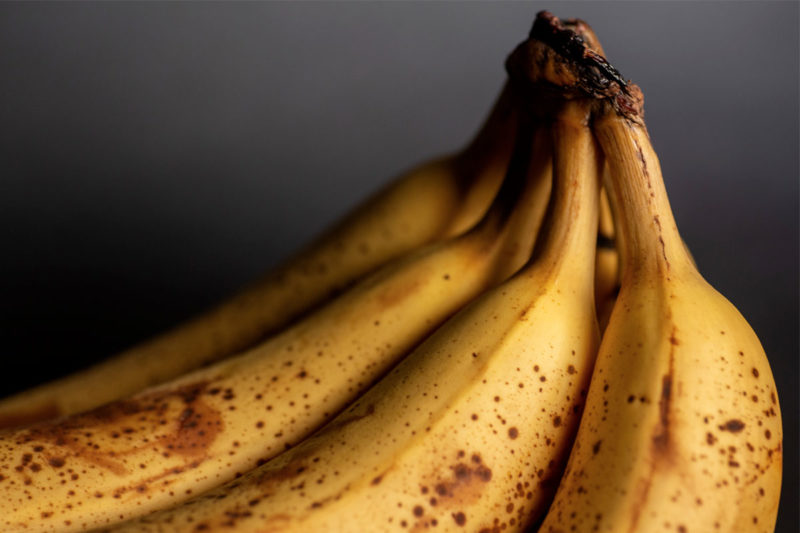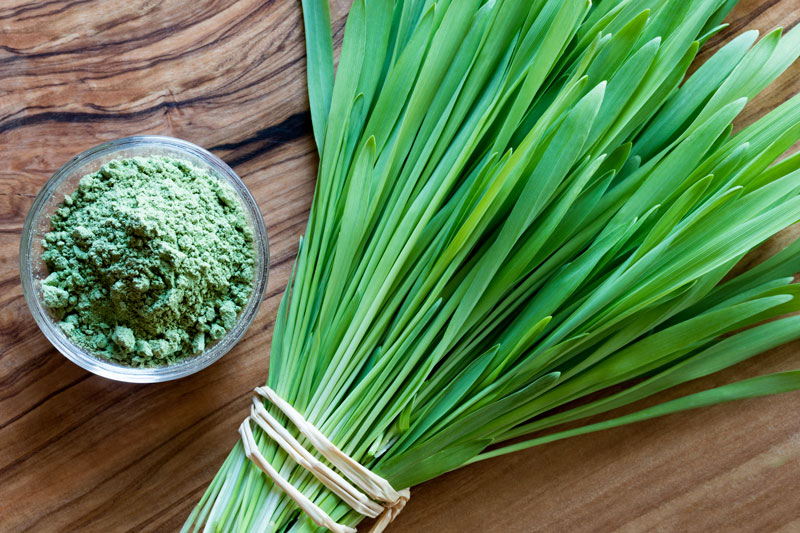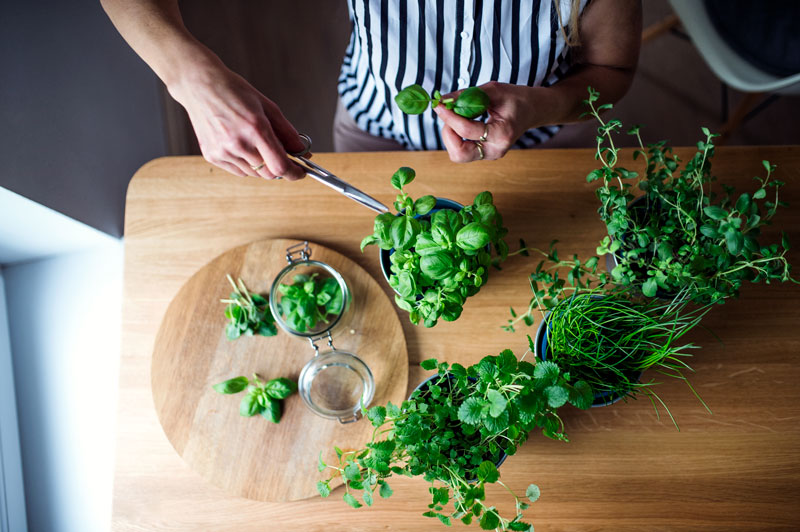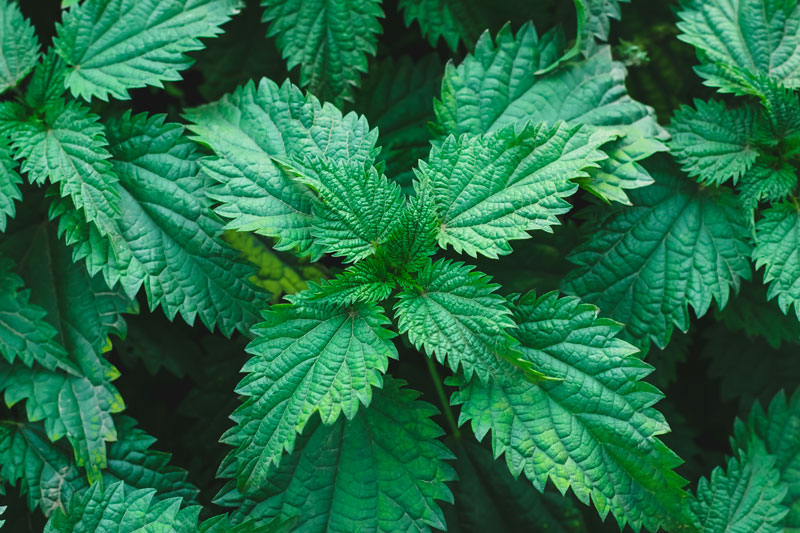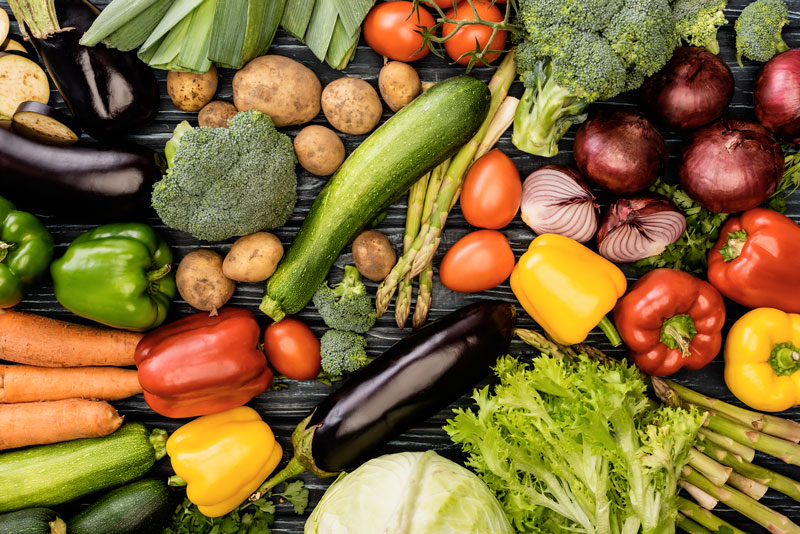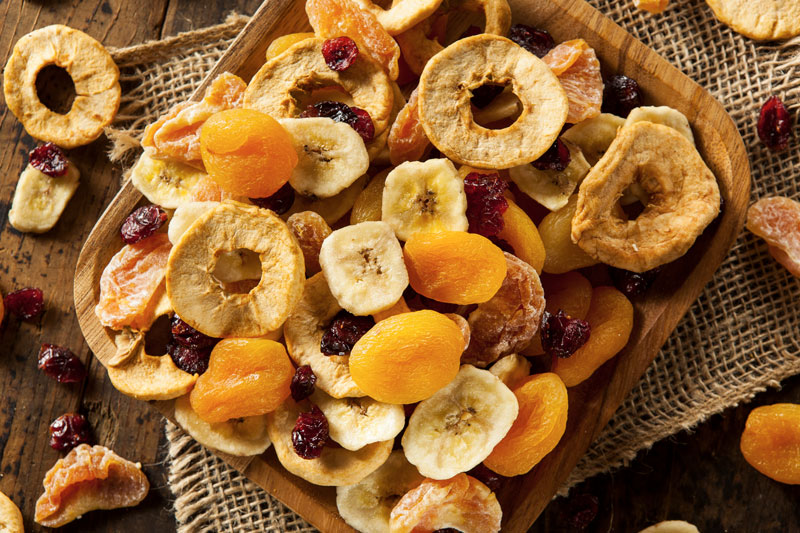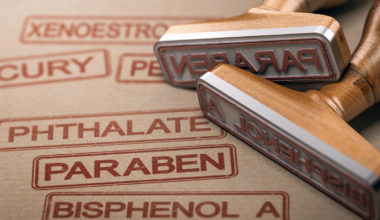Yes that’s right, it’s the basis of good health. It’s essential to balance the body’s acid-to-alkaline ratio. Unfortunately, this is something that often gets overlooked. Here’s a demonstration with two experts on acid-alkaline balance.
What is acid-alkaline balance?
Essentially, acid-alkaline balance comes from diet, which makes sense since every foodstuff belongs to either the acid group, the alkaline group (the opposite of acid) or the neutral group. So what’s on your plate sets the fundamental tone of your blood and all of your body tissue.
Hydrogen potential (pH), by which acidity is measured, is neutral at 7. Anything below that (from 0 to 7) and we slide into acidosis territory. Above it (from 7 to 14), the pH is basic and the cursor points to alkalosis.
So what’s the aim? To reach a neutral balance. This acid-alkaline balance depends on the protein content (and especially on the sulphur-rich amino acids contained in those proteins). It also depends on the citrate or bicarbonate content, on the nutrient absorption rate and on the nature of the residues generated by cell metabolization. The more sulphur, phosphorus, chloride and nitrogen a foodstuff contains, the more acid formation it generates. The more potassium, sodium, iron and calcium it contains, the more alkaline elements it produces. Eating a diet of healthy, organic, unprocessed foods and embracing a Clean Eating lifestyle give you the best chance of reaching this acid-alkaline balance naturally.
Why talk about imbalance?

“In the body, communication between cells is of the utmost importance. Among other things, this communication depends on the fluid nature of cell membranes, which involves a fine balance between potassium and sodium ions. But an imbalance between animal protein and plant-based protein, and especially an insufficient intake of complex plant-based foods (vegetables, fruits and pulses) modifies this fluid nature. Excessive amounts of quick-release sugars, saturated fats, trans fats and refined products packed with empty calories also upset this precious balance”, explains Céline Vaquer, a naturopath and functional nutrition specialist (on Instagram, @ensemble_pleine_sante). In addition, this imbalance (which leans towards the acidic side) paves the way for all kinds of inflammation.
“Unfortunately, the evolution of humanity is heading towards an acidifying diet – the protein/potassium ratio has deteriorated considerably”. This change can be attributed to a profound change in our diets. “We have gone from a diet made up of more than 65% fruit, vegetables, nuts and seeds and less than 35% animal products (mainly from fish landed and game hunted by our hunter-gatherer ancestors) to a diet that is now made up of 30% cereals, 35% foods of low nutritional density (crisps, fast food, etc.) and 10% dairy products compared to only 15% fruit and vegetables and 10% unprocessed (real) animal products. A real catastrophe for our cells!” deplores Vaquer. She goes on to add that “Due to excessive protein intake, those who eat a lot of meat have increased calcium loss via urinary excretion and generate a high acid load. Such people must favour plant-based foods, fruit, vegetables, nuts and seeds (substances that promote alkalinity), to enable their body to return to alkaline values”, she concludes.
How does the acid-alkaline scale work?
For Lisa Salis, a naturopath and founder of the Académie de la Santé en ligne (online health academy), Hygie (hygieacademie.com and @lisasalislife on Instagram), it stands to reason. “The body, which is constantly seeking to reach its vital balance (a pH value between 7.32 and 7.43), must constantly rein in the pH of the body’s various fluids (blood, lymph, fluid within and outside of the cells, saliva, etc.). It has a great many levers at its disposal, not least a buffering system which, using mineral salts, enables the body to neutralise a certain amount of acid. In practical terms, volatile acids are removed through the lungs and airways when you exhale. Non-volatile acids are excreted by the kidneys and skin via urine and sweat”. The naturopath goes on to add that “energy metabolization and digestion also produce acids. Which explains why the body tends to lean towards acidity, especially during the day when cell activity is working at full power”. Yet another reason to help it maintain a neutral pH with a diet without an excess of acidic or alkaline foods.
Too much acid… What happens then?
“When the body has more acidic waste than it can excrete, the acid-alkaline balance is upset” explains Salis. “Doctors use the term “acidosis” when the blood is too acidic, and in that case, it’s life-threatening. That’s why I would refer more to acidosis of the tissues (rather than blood) or to acid-alkaline imbalance. In this case, acids invade our tissue, in particular our muscles, joints, intestines and neighbouring tissue (psoas, urogenital system, lumbar region, etc.) and all of our cells. As a result, the energy production of these tissues is impeded”.
The consequences of acidity

The body is always driven by its survival instinct and desire for balance, and will then go right ahead and draw on its own stores. To neutralise excess acid, it draws on alkaline mineral reserves from plasma, lymph, hair, nails, cartilage and bones. Salis confirms that “mineral reserves are sacrificed to buffer the excess acid. Which causes demineralisation and all of its consequences”. It doesn’t take long to feel the effects:
- Chronic fatigue (especially in the morning and after meals)
- Cramp, muscle contractions, achiness
- Mood swings
- Heart disorders
- Cartilage disorders
- Dental disorders and gingivitis (tooth decay, loose teeth, etc.)
- Osteopenia (fragile bones), osteomalacia (bone decalcification) and osteoporosis (loss of bone density)
- Decreased stress resistance, which is itself very acidifying since it depletes magnesium reserves
- Irritability
- Chronic inflammatory conditions, especially in the joints and mucus membranes (sinusitis, conjunctivitis, tonsilitis, rhinitis, etc.)
- Scleroses (arteriosclerosis, fibrosis, etc.).
- Formation of uric acid stones, kidney stones or salivary gland stones. These are known as salivary stones!
There are other symptoms that occur less frequently like “loss of muscle tone; acidic, foul-smelling perspiration; clammy hands; excessive foot perspiration; greasy skin; hair loss; brittle nails; mouth ulcers; chapped lips at the corners of the mouth; skin disorders; sciatica; painful urination; lowered immunity; chronic headaches or migraines; feeling the cold excessively and a depressed state of mind”.
Another insidious consequence mentioned by the naturopath is “storage of acid waste in soft tissue (cartilage, tendons, tissue) that causes tendonitis, joint pain and painful inflammation”.
Lastly comes the extreme acid imbalance that is cancer. Because “the more acidic the tissues become, the more alkaline the blood is, the more favourable the conditions are to the development of cancer” concludes Salis.
How do you reach an acid-alkaline balance?
A stressful lifestyle, increasing environmental pollution and especially an overly meat-heavy diet promote acid imbalance. “To counter this excess acid, you just have to favour alkalizing foods with a diet high in antioxidants, vitamins and minerals, and especially plant-based foods which deliver citrates and malates. These are the best lever there is to keep the acid-alkaline balance intact”, advises Salis.
The right strategy:
1 – Pinpoint acidic foods
It’s not about cutting them out (except those that deliver no nutrients and only acidify the body, like carbonated drinks or meals made up of processed foods), but always offsetting them with alkaline foods.
- Animal protein: “In particular, avoid eggs, fish, shellfish and meat, which are high in sulphur-rich amino acids. These are more acidifying than the others, since they release sulfuric, uric, phosphoric and hydrochloric acid that the human body has trouble excreting” says Salis.
- Stimulants: cocoa, teas which are high in theine, maté, coffee, alcohol, nicotine
- Refined and fermented products, like hard cheese (parmesan is one of the most acidifying!). “Dry cheeses are very high in phosphoprotein, and once digested deliver phosphate ions that are very acidifying”, adds Salis.
- Super-processed or mass-produced products: the list is long – it comprises all products with a score of 4 under the NOVA food classification system used in hospitals. “Steer clear of those, even yeasts and stock preparations, as well as carbonated drinks, which have an average pH of 2.4”, stresses the naturopath.
- Refined table salt, or sodium chloride (NaCl) “And very salty foods like cheese, cured meats, ready meals and mass-produced bread”.
- Foods high in purine, a nitrogen-rich molecule: cocoa, sweetbreads, coffee, tea, small fish (herrings, anchovies, sardines), trout, carp, beef, chicken and salmon.
- Foods high in oxalic acids, which are bad for the body even if it naturally contains a small amount of them to bond to calcium: cocoa powder, tea, pepper, sorrel, dried figs, chocolate.
2 – Alkalize your body
- Wheatgrass and barley grass (to be avoided in case of pregnancy or breastfeeding)
- Aromatic herbs
- Plants (horsetail and nettle)
- Vegetables (which are higher in potassium than fruit)
- Fruit and dried fruit
3 – Play with beneficial combinations
In Vaquer’s view the acid-alkaline balance has to be redressed through diet and carefully-selected dietary supplements. The functional nutrition specialist recommends winning combinations: “Serve meat or fish or egg + vegetables, cheese + salad leaves. Avoid having meat + hard cheese in the same meal. I also advocate taking dietary supplements: potassium bicarbonate, calcium carbonate and et magnesium carbonate. I do so for those with an unbalanced diet (fast food), for those who exercise and have trouble recuperating or who suffer from recurrent tendinomyalgia and for people on very low-calorie or very high-protein diets”.
4 – Embrace the right habits
- In the morning, start with a glass of water and from time to time (not on a long-term basis), drink freshly-squeezed lemon juice diluted in a little water. Despite its acidity, lemon has alkalising properties.
- In late morning, treat yourself to a high-vitamin carrot, apple and orange juice.
- For lunch, serve chicken breast with a portion of green vegetables and a portion of potatoes.
- Fromage frais garnished with nuts and a swirl of honey as an afternoon snack.
- For dinner, a salad of tofu, palm hearts and salad leaves served with roasted celery or puréed celery soup.
- As far as sweet treats go, bananas, figs, dates, strawberries, peaches and apples are among the most alkaline fruit, as is avocado. So one evening, make your own guacamole with vegetable chips, followed by a mashed banana with dates. Enjoy!
Stress – the enemy of acid-alkaline balance
It goes without saying that you should eat mindfully, and never when stressed. In the view of our experts that’s an absolute necessity, since stress upsets the acid-alkaline balance significantly! “Chronically-stressed people, who secrete too little or too much hydrochloric acid, cannot produce bicarbonate. Hence the importance of offsetting this by taking potassium bicarbonate dietary supplements. This salt carries a prefix (“bi”) owing to its dual acid-alkaline nature (known as amphoteric). Both acidic and alkaline, it behaves like an alkali in the presence of an acid and like an acid when faced with an alkali”, notes Vaquer. “Beyond respiration, it’s chiefly the kidneys that regulate the concentration of these bicarbonates by controlling their retention or excretion via urine”, adds the specialist.
Although it’s important to take in bicarbonates directly to remove excess acids produced throughout the day, a natural, balanced diet is still the best way to safeguard your acid-alkaline balance and your health.


